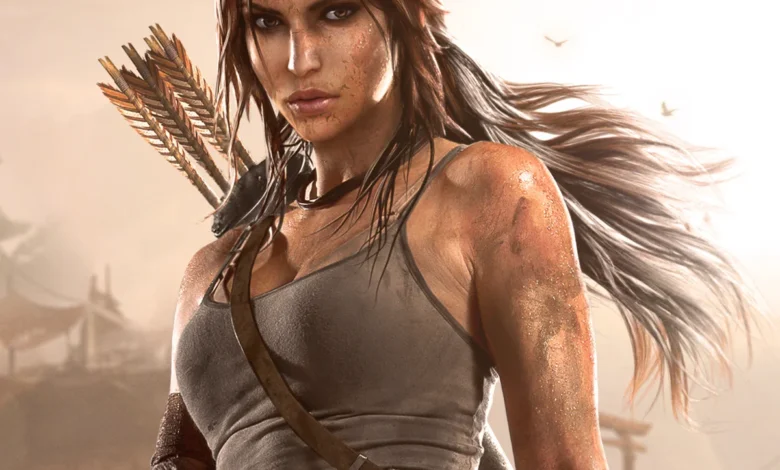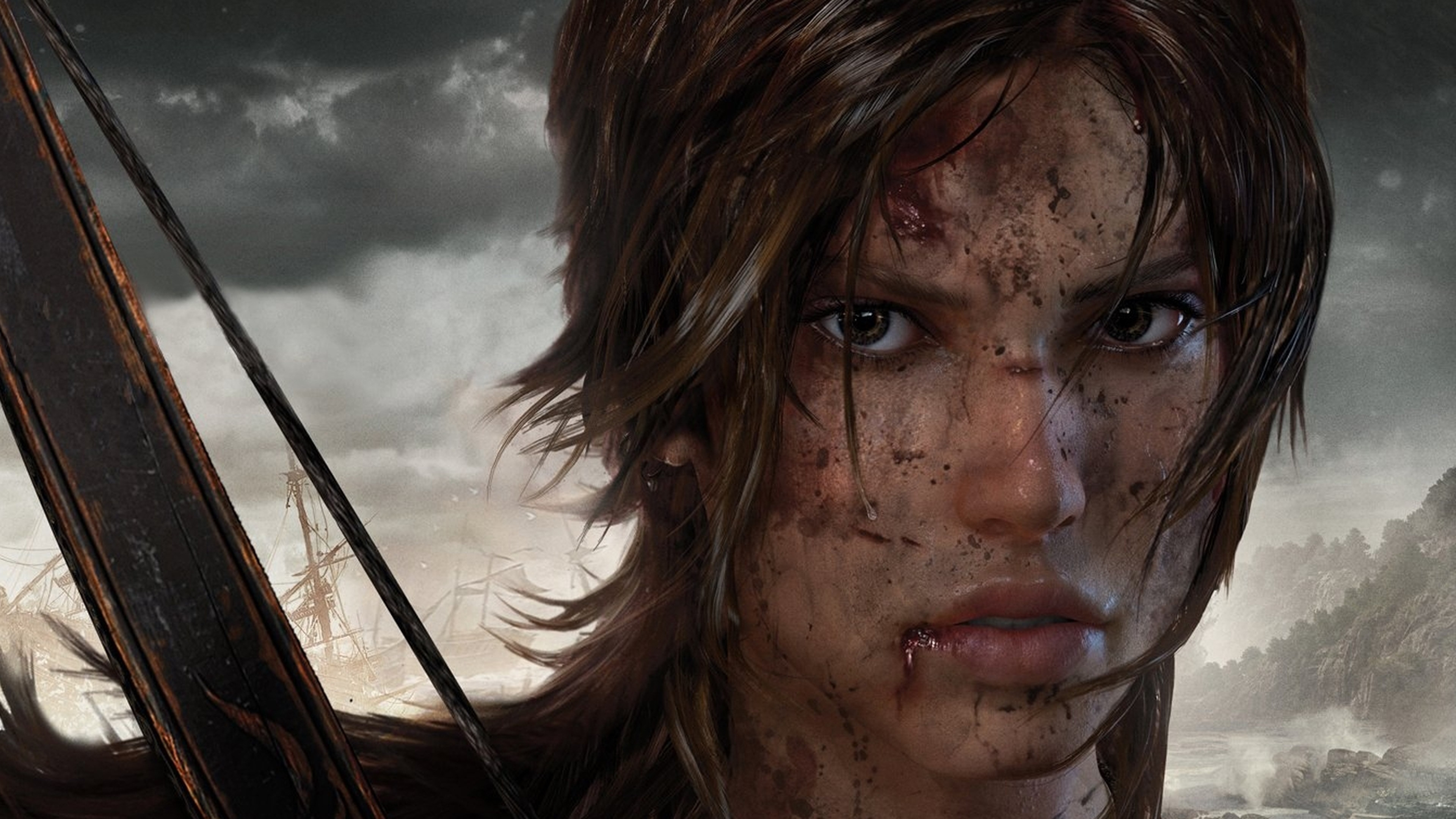Tomb Raider: The Legendary Franchise That Redefined Adventure Gaming

Introduction to Tomb Raider
When people talk about iconic video game franchises, Tomb Raider always finds its way into the conversation. Since its debut in 1996, this action-adventure series has carved out a permanent spot in gaming history. At the center of it all is the fierce yet intelligent archaeologist, Lara Croft, who became not only the face of the franchise but also a cultural icon. With her dual pistols, unmatched bravery, and thirst for uncovering ancient mysteries, Lara set the standard for what a video game hero could be—especially a female one.
The magic of Tomb Raider lies in its ability to combine exploration, puzzle-solving, and action in a way that keeps players hooked. The franchise has gone through multiple reboots, films, comics, and merchandise, showing just how influential it has been over the decades. For many, Tomb Raider wasn’t just a game—it was the beginning of their love for adventure stories and immersive gameplay.
Looking back now, Tomb Raider’s legacy is bigger than just sales or awards. It pushed boundaries, challenged stereotypes, and inspired countless other games to take risks in storytelling and design. Let’s dive deeper into what makes this franchise so special and why it still holds its ground in the modern gaming era.
The Origins of Tomb Raider

The first Tomb Raider game was released in 1996 by Core Design, and it was a revolutionary moment in gaming. At a time when most games were still experimenting with 3D environments, Tomb Raider managed to create fully explorable 3D levels filled with traps, puzzles, and enemies. Players controlled Lara Croft, maneuvering her through caves, temples, and ruins across the globe. This wasn’t just about combat—it was about using your brain to solve puzzles while surviving deadly obstacles.
One of the reasons the game stood out was because of its strong female protagonist. In the mid-90s, it was rare to see a female character lead a major video game franchise. Lara Croft was bold, confident, and athletic—qualities that instantly caught the attention of players worldwide. Of course, her exaggerated design in the early years stirred up controversy, but it also made her one of the most recognizable characters in gaming.
The success of the original game sparked multiple sequels in quick succession. Each new installment tried to expand on the concept, adding new mechanics, environments, and more elaborate puzzles. While not every sequel was groundbreaking, the series consistently remained popular and kept Lara Croft in the spotlight.
Lara Croft: More Than Just a Character
At the core of Tomb Raider’s success is Lara Croft. She isn’t just another playable character; she represents independence, courage, and curiosity. From the very beginning, Lara was portrayed as a highly intelligent archaeologist with a deep knowledge of history, mythology, and ancient civilizations. This set her apart from other video game heroes who often relied more on brute strength than intellect.
Lara’s personality evolved as the series went on. In the original games, she was confident and a bit mysterious, while later reboots humanized her, showing vulnerability and growth. In the 2013 reboot, for example, Lara was reimagined as a young woman just beginning her journey into the world of exploration. She wasn’t the fearless legend yet—she had to learn, adapt, and survive. This made her more relatable to modern audiences who wanted depth and realism in their characters.
Beyond gaming, Lara Croft became a global icon. She appeared in comic books, novels, and even Guinness World Records recognized her as the “Most Successful Human Virtual Game Hero.” Hollywood brought her to life in films, first with Angelina Jolie in the early 2000s, and later with Alicia Vikander in 2018. Both interpretations brought something new to the character, further cementing her place in pop culture.
Evolution of the Franchise
Tomb Raider has gone through several phases in its long history. The original Core Design era gave us the first six mainline games, which built Lara’s reputation but eventually suffered from repetitive gameplay and declining quality. By the early 2000s, the franchise was in danger of fading out.
That’s when Crystal Dynamics took over and gave the series a much-needed revival. Titles like Tomb Raider: Legend (2006) and Tomb Raider: Anniversary (2007) modernized the gameplay, giving fans a polished experience while staying true to the spirit of the originals. These games breathed new life into Lara Croft’s adventures, setting the stage for the future.
The biggest turning point came in 2013, when Square Enix and Crystal Dynamics released a full reboot simply titled Tomb Raider. This game stripped everything down to the core, reintroducing Lara as a young explorer stranded on a dangerous island. The gritty, survival-based approach was a huge success, earning critical acclaim and attracting a new generation of fans. This reboot led to a trilogy (Rise of the Tomb Raider in 2015 and Shadow of the Tomb Raider in 2018), each exploring Lara’s transformation into the legendary figure we know today.
The evolution of Tomb Raider shows how flexible the franchise is. It can adapt to changing gaming trends while still holding onto its identity: mystery, exploration, and adventure.
Gameplay Mechanics and Innovation
One of the most fascinating things about Tomb Raider is how its gameplay mechanics have evolved. The early games were all about navigating 3D environments, solving puzzles, and dealing with platforming challenges. Combat existed, but it was often secondary to exploration. Players had to carefully time jumps, figure out switch puzzles, and avoid traps—it was a test of patience and observation.
As the series moved into the modern era, the gameplay shifted. The reboot trilogy introduced stealth mechanics, crafting systems, and open-world exploration, giving players more freedom in how they tackled challenges. Combat also became more dynamic, with bow-and-arrow stealth kills and environmental strategies adding variety. Despite these changes, puzzle-solving remained central, ensuring that the spirit of the original games stayed intact.
Another major innovation was the cinematic presentation. The reboot games in particular felt like playable movies, with smooth cutscenes and emotional storytelling seamlessly blended into the gameplay. This made Tomb Raider more immersive than ever before, appealing to both long-time fans and newcomers who wanted an experience closer to modern action-adventure blockbusters like Uncharted.
Cultural Impact and Legacy
Few video game franchises can claim the cultural influence that Tomb Raider has had. Lara Croft became not only a video game icon but also a symbol of female empowerment in gaming. While her early design drew criticism for objectification, over time, developers refined her character to highlight intelligence, resilience, and leadership rather than just physical appearance. This evolution mirrored broader changes in how women were represented in games.
The franchise also inspired a generation of game developers. Many modern adventure games, from Uncharted to Assassin’s Creed, owe a debt to Tomb Raider’s formula of exploration, puzzle-solving, and cinematic storytelling. Lara Croft’s popularity also helped video games cross into mainstream media, showing the world that gaming characters could rival film and TV icons in popularity.
Even today, more than 25 years after the first game’s release, Tomb Raider remains relevant. New reboots, remasters, and film projects keep the franchise alive. Its influence can be seen in cosplay communities, fan art, and gaming culture at large. It’s not just a series—it’s a legacy that continues to inspire.
Conclusion: Why Tomb Raider Still Matters
The beauty of Tomb Raider lies in its balance of timeless adventure and modern reinvention. From the pixelated caves of the 1990s to the cinematic realism of the 2010s, the franchise has grown alongside the gaming industry itself. At its heart, Tomb Raider is about discovery—discovering lost worlds, hidden truths, and even personal strength.
Lara Croft’s journey resonates because she embodies qualities we admire: intelligence, bravery, and determination. She isn’t perfect, and that’s what makes her compelling. Whether you’re a longtime fan who played the original games or a newcomer introduced through the recent reboots, there’s something undeniably captivating about stepping into Lara’s boots and unraveling mysteries from the past.
Tomb Raider isn’t just a video game series—it’s a piece of gaming history that redefined what adventure could look like. And as long as players crave exploration and storytelling, Lara Croft will continue leading the way



